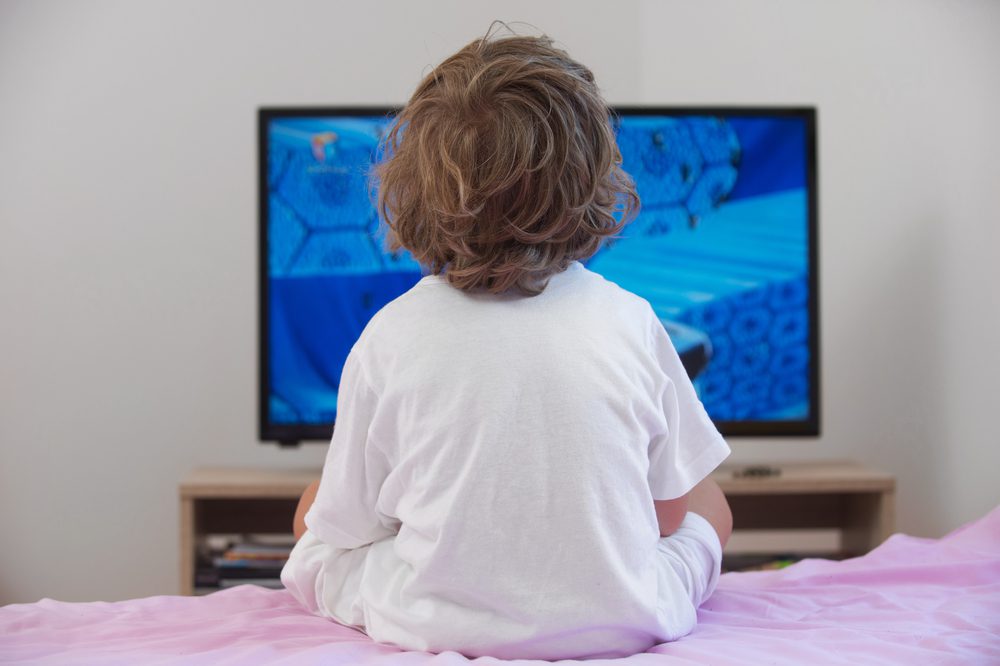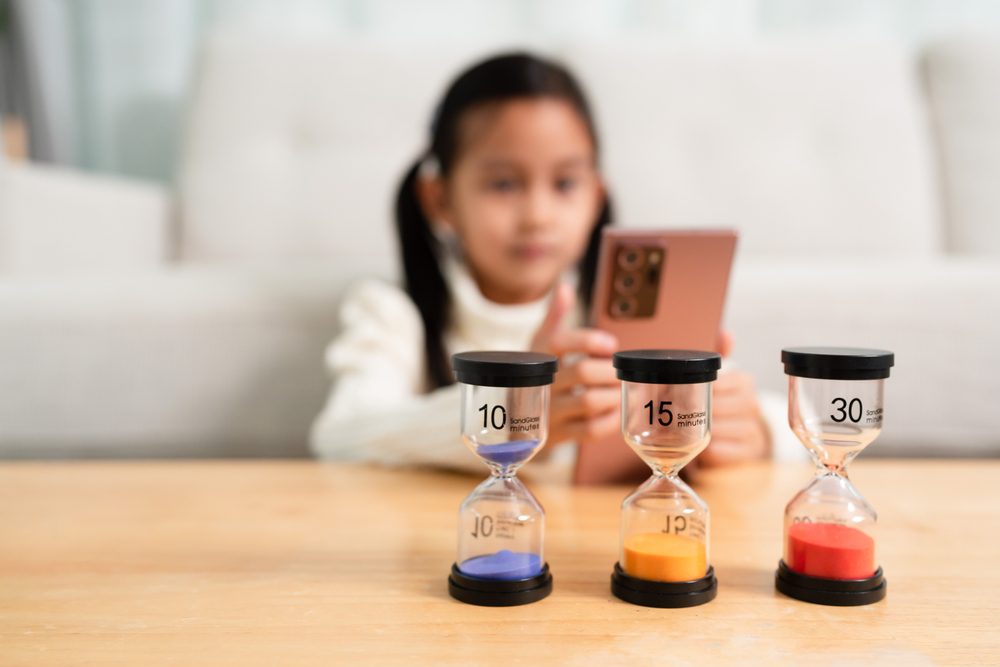Introduction
With the blessing of the digital age, where screens are a natural part of everything we do. The difficulty of controlling children’s screen time has become a major concern for parents in the modern parenting world. It is now crucial to find a careful balance between maximizing the advantages of digital interaction and avoiding the possible drawbacks of excessive screen time. We set out on a quest to investigate useful and efficient tactics that enable parents to successfully negotiate the complex digital terrain in this blog. Our mission is to support families in developing positive screen relationships, which will promote the next generation’s general wellbeing as well as technological literacy.
- Set Clear and Consistent Limits
Establishing consistent and unambiguous guidelines for screen time is essential to helping kids develop positive digital habits. Start by establishing clear daily or weekly screen-time limits that are appropriate for your family’s routines and values. It is important that you explain these boundaries to your kids and make sure they understand why these are the limits that have been set. In order to help kids internalize the rules and create a sense of structure and predictability in their digital interactions, consistency is essential in reinforcing these guidelines. As a result, this predictability offers a framework that supports sensible and balanced screen usage, encouraging a positive relationship with technology as it develops.

- Create a Family Media Plan
Creating a family media plan is an empowering and cooperative way to control screen time. Talk openly with your kids about appropriate screen time, considering their developmental needs, interests, and age. They will feel more accountable, and you will respect their opinions if you include them in the process. A well-crafted family media plan outlines when and how screens will be incorporated into everyday routines, acting as a collaborative road map. This not only establishes guidelines but also gives kids the authority to choose wisely how much media they consume. Incorporating the family into the planning process fosters a common understanding of deliberate and responsible media consumption, which in turn promotes a healthy digital environment for all.
- Encourage Balanced Activities
Promoting a well-rounded range of activities is essential to developing a healthful approach to a child’s development. Encourage social interactions, reading, creative pursuits, and outdoor play to establish a varied routine. Encouraging participation in these substitute pursuits not only reduces the likelihood of excessive screen time but also encourages a diverse range of interests. Overall development is greatly aided by this holistic approach, which fosters social competencies, physical health, cognitive abilities, and creativity. It fosters a way of life in which screen time is only one part of an extensive range of activities, guaranteeing that kids develop into well-rounded adults with a variety of interests and skills as well as a positive relationship with technology.
- Lead by Example
Setting a good example is a great way to influence a child’s behavior, particularly with regard to screen time. As role models, parents help their children develop positive habits by modeling responsible screen time. Make in-person connections your top priority, engage in offline activities, and establish strict boundaries for your own screen time. Children are strongly influenced when they see these well-balanced behaviors. Children are more likely to imitate their parents’ actions, which promotes a responsible and healthy use of technology. This method gives kids the tools they need to responsibly use technology while also creating a positive standard within the family.
- Designate Screen-Free Zones and Times
A smart way to promote a healthier family environment in your home is to set aside specific times and areas for screen usage. You can create environments that promote meaningful face-to-face interactions by establishing clear boundaries, such as prohibiting screens from being used in bedrooms or at the dinner table. Setting aside specific hours of the day to spend without screens encourages family time that is concentrated and uncluttered by technology. These deliberate tech breaks support a more mindful and balanced way of living. In addition to highlighting the value of real human connections, setting up these zones and times also creates opportunities for meaningful family time, which improves general wellbeing in the digital age.
- Utilize Parental Controls
Taking advantage of your device’s parental control features is a proactive approach to responsible screen management. With the help of these tools, parents can effectively monitor their child’s digital usage, impose restrictions, and filter content. Applying these controls, parents can protect their kids from potential online hazards by making sure they interact with content that is appropriate for their age. Not only does this extra layer of protection help to keep the digital environment safe, but it also gives people a sense of direction. It helps parents create a positive and developmentally appropriate relationship with technology by enabling them to strike a balance between letting their kids explore the digital world and protecting them from offensive material or too much screen time.
- Encourage Educational Content
Encouraging children to consume content that is age- and education-appropriate is a calculated tactic to maximize their screen time. Choosing developmental stage-appropriate apps, games, and television shows for your kids will guarantee that their digital experiences foster growth. You can make screen time productive and enriching by creating a digital environment that is focused on creativity and learning. In addition to meeting their educational needs, this promotes a healthy relationship with technology by highlighting its potential as a tool for the acquisition of knowledge and skills. Promoting instructional materials gives parents the ability to make screen time a useful and positive part of their child’s overall educational journey.

- Establish Tech-Free Wind-Down Rituals
One thoughtful way to lessen the possible harm that screens can do to a child’s sleep patterns is to establish peaceful, tech-free rituals before bedtime. One can establish a peaceful wind-down routine by including things such as reading a book, doing quiet hobbies, or having deep conversations. These routines help the child’s brain know when it’s time to unwind, which makes it easier for them to go off to sleep. It is essential that screens be avoided during this time because the blue light they emit can interfere with sleep cycles. Creating these tech-free bedtime routines, parents can promote good sleep hygiene and foster stronger parent-child relationships by spending peaceful, quality time together.
Conclusion
In conclusion, managing the digital world with kids requires being deliberate and proactive. A positive relationship with technology is fostered by setting clear boundaries, encouraging balanced activities, involving others in the process, and setting an example. Adding parental controls is one way to provide an additional layer of support. It’s important to understand that the objective is to promote a deliberate and thoughtful approach that is consistent with your family’s values rather than completely eliminating screen time. This strategy enhances kids’ general wellbeing by giving them the tools they need to responsibly navigate the digital world. Families can live harmoniously in the digital age by adopting technology with intention and awareness, finding a balance that supports their priorities and fosters a healthy connection with screens.


